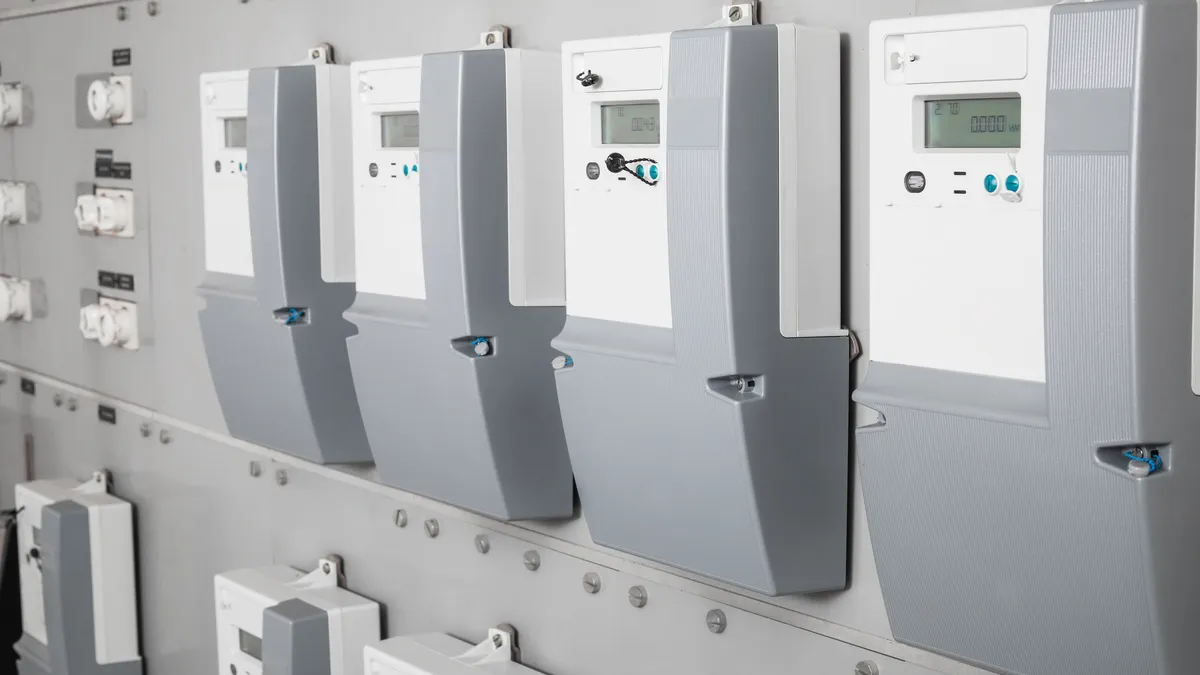Utility investments used to be pretty simple: power plants and electric wires. In a nutshell, that was the ratebase of a regulated utility.
Just as the industry is undergoing rapid changes, so are the investments utilities are making. Some, on the fuel side, have been less than successful: Florida Power & Light's investment in natural gas development initially lost money for customers. Others have been blocked: Eversource Energy and National Grid abandoned Spectra Energy's proposed Northeast Access pipeline after the Massachusetts Supreme Judicial Court ruled utilities could not charge customers to develop the line.
But as renewable energy, distributed resources and demand management strategies become a key component of how utilities operate, they are increasingly ratebasing grid-edge investments: Cloud-based software, advanced metering infrastructure, software development and communications networks. The trend, as utilities themselves shift to function more as platform providers, is for them to utilize more third-party services as well.
"Normally utilities get a regulated rate of return for investing in certain capital assets. So they always had a real incentive to build a new power plant or invest heavily in capital assets," said Lisa Frantzis, senior vice president at Advanced Energy Economy (AEE).
Those investments typically net a return of about 9% to 10%—"not insignificant," said Frantzis. "But now that all these new innovative technologies are out there, they aren't huge capital investments. Some of them are software ... and different ways of integrating and working with the digitization of the grid. Now we have two way power flows, and consumers have devices communicating back to the grid."
The change is creating disruption in utility business models, but also creating opportunity, said Frantzis. Customer data is becoming extremely valuable, while connectivity may be the key to profits.
Communications investments
As data becomes more vital to utility business models and customer service, utilities are increasingly making new types of investments, in turn forcing regulators to reconsider how they are handled.
Both New York and Illinois are moving towards allowing utilities to capitalize investments in cloud-based software solutions. And last year the National Association of Regulatory Utility Commissioner backed those moves, issuing a resolution declaring utilities need to make the best software procurement decisions "regardless of the delivery method or payment model."
As technology advances and becomes more complicated, utilities are more frequently looking to outsource their demands. Navigant Associate Director Aida Hakirevic previously told Utility Dive the shift "has become noticeable over the last few years ... The majority favor buying over building IT solutions. We're seeing a shift away from the traditional model.”
And as the Internet-of-things becomes an increasing reality, with everything from residential water heaters to community solar communicating with the grid, utilities are finding older networking solutions are no longer sufficient. And to meet that demand, cellular and tech companies are partnering to offer dedicated spectrum for utilities to build their networks.
Fai Lam, director of IP/optical networks at Nokia, said his company is working with AT&T to bring private LTE spectrum to the industry, allowing for the buildout of secure field area networks.
Nokia has developed new router technology it says can help utilities get ahead of growth, "modernizing distribution networks for utilities, but with clear applications for other high growth vertical markets, like Smart Cities." And the partnership with AT&T means utility customers can have a private network or if needed roll those communications over to its commercial network.
The new router technology can be leveraged alongside newly-available LTE spectrum “to build converged field area networks to support applications like distribution automation, integration of renewable energy resources, and further integrating connectivity of microgrids and EV charging stations," Lam said.
Nokia and AT&T are not alone in aiming to roll out proprietary communication networks to utilities. Comcast's MachineQ product is also looking to address the utility marketplace. But so far, it does not appear any of these new, utility-owned high-speed networks have been developed yet. Lam said Nokia and AT&T expect to roll out their first utility LTE networks in the second quarter.
Among the benefits of utilities building and owning their own networks, Lam said security is one key aspect and LTE communications already have a built in security mechanism. LTE networks also offer traffic segmentation, filtering, quality of service, and traffic encryption.
“Instead of looking at purpose-built or dedicated applications which would not allow for future growth," Lam said LTE networks will let utilities "build a network that can support all their grid applications, not just for today but to prepare them for future growth and requirements.”
“There is a lot of visibility utilities can gain, having a much better view of the consumption of customers, that would allow utilities to better optimize the load," he said. "And from a reliability perspective, utilities can move from a traditional Volt/VAR control mechanism to Volt/VAR optimization, which would allow utilities to improve reliability, particularly with electricity supply no longer being a one way flow from a utility to their customers.”
And, said Lam, utilities building and owning their own networks "is a capital investment and improvement of the grid infrastructure. ... This would be similar to how they schedule and budget for infrastructure upgrades.”
Expenditures set to rise
The new brand of utility investments is likely to continue, according to analysis from Navigant Research. Efficiency, reliability and operating economics are all driving investment in communications and connectivity: According to the firm, the worldwide market for utility networking gear and communications services will top $75 billion in the next decade.
And the firm says there is a growing recognition that the networks utilities are constructing—capable of supporting two-way power flows, advanced metering and distributed automation—could ultimately "become the backbone for far more."
“Many electric utilities today are at a critical juncture in terms of determining their long-term connectivity needs and networking technology choices,” Richelle Elberg, principal research analyst with Navigant Research, said in a statement. “The number of ways in which a utility may leverage connectivity across its territory is exploding."
Another piece of Navigant research looks at the global market for smart grid IT systems and analytics solutions, and finds the sector is expected to grow from approximately $12.8 billion in 2017 to more than $21.4 billion in 2026.
"There's a lot of opportunity for innovation, in how utilities can make money," said AEE's Frantzis.























